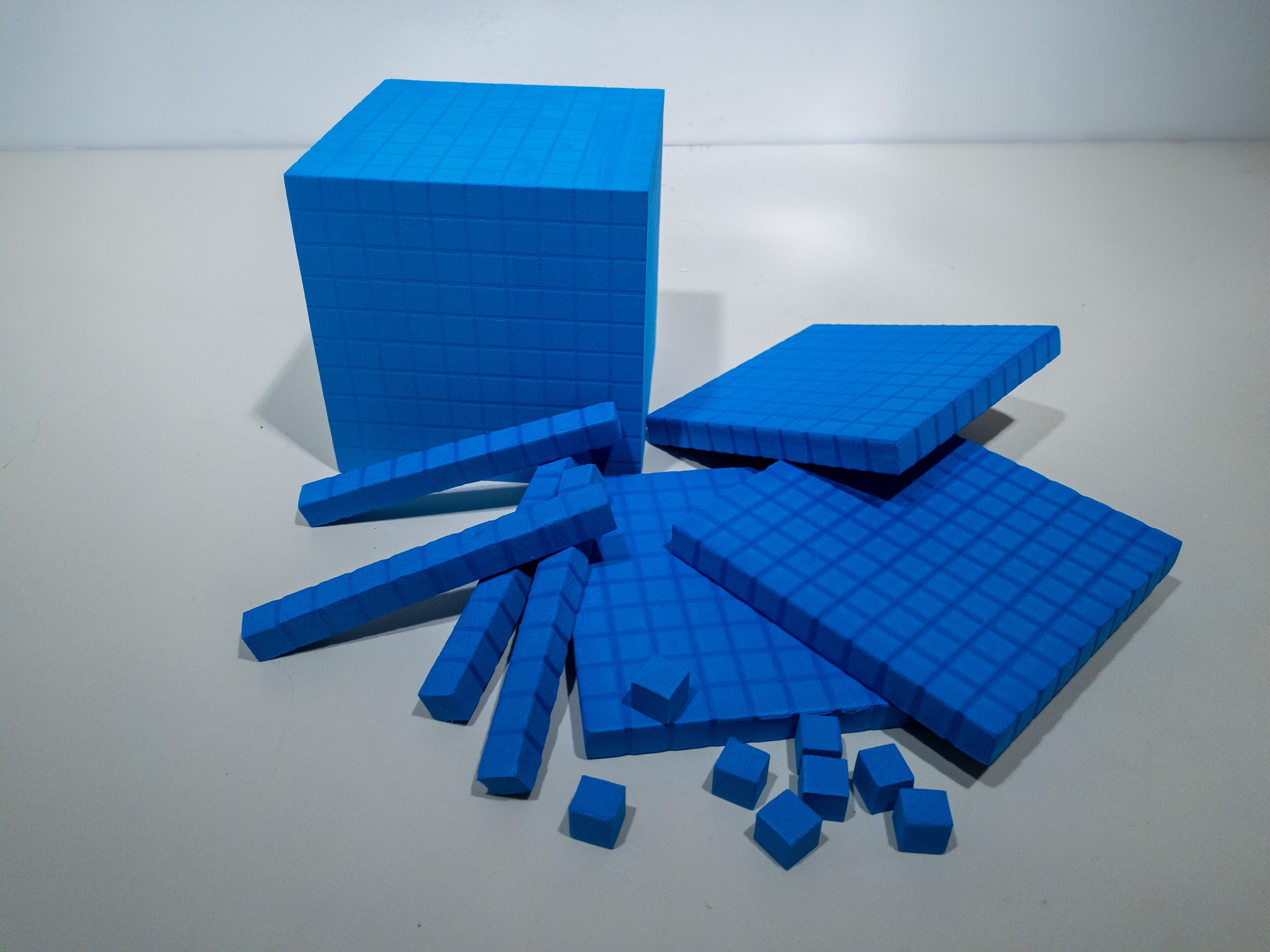Best Math Manipulatives to Have at Home
Aug. 27, 2021
One of the most difficult challenges when teaching math is teaching to the current level of understanding of the student. We take for granted the basics of math. The symbols are a language of their own that we were taught and probably can't remember a time when we didn’t know what to do when we saw a plus sign. Building and reinforcing these fundamentals of math can not be achieved simply with pencil and paper. That is why teachers around the world build libraries of math manipulatives. Manipulatives are physical objects, tools, and demonstrations that take abstract math into the real world. This list provides a guide of the most useful and common manipulatives students will be using in class. These tools can be used to assist with homework, teach lessons or even have students show you what they learned in class. Not to mention simply exploring with these manipulatives will lead students on a journey of mathematical discovery.
Here are strategies that will help you to improve your child's math skills.
Unit Cubes: Frequently called base ten blocks these sets are the backbone to every math curriculum. With a set of unit cubes, teachers and students can demonstrate math as simple as place value positions all the way through the division of decimals. These sets consist of singular cubes which represent ones, straight rods which represent tens, sheets consisting of one hundred cubes representing hundreds and usually one large cube representing one thousand ones. Students will use these cube sets every year to examine increasingly complex math systems. Starting with place value position students can see that ten individual cubes can be aligned to equal one tens rod. Ten rods can be aligned to equal a hundreds sheet. And ten hundreds sheets can be stacked to equal a thousands cube. Cubes can also be used as counters in addition and subtraction, grouped to form multiplication or division, and stacked to learn the basics of rounding. Unit cubes should be the first and most commonly used manipulative in your repertoire.

Fraction Tiles: For the first four years of school we tell students one is the smallest number. Our counting system goes from zero to one without pause. Then, without warning, we tell them that there are an infinite amount of fractions in between numbers. Fractions are one of the most abstract parts of elementary mathematics and our word problems about recipes don’t help. What student is baking brownies from scratch? Fraction tiles are a visual representation of what happens when we break one whole into several pieces. Using fraction tiles students can see that greater denominators make smaller pieces, equivalent fractions are the same size and when the number of pieces matches the denominator they get a whole. These lessons can take weeks to teach and still not achieve the fundamental understanding that fraction tiles can.

Measuring Devices: Students begin measuring everything from length to volume to time at a very early age. These skills are essential both in the classroom and in everyday life. However, teachers and students alike spend far too much time talking about and looking at pictures in books of measurements and measuring devices. Nothing compares to actually using a ruler and measuring objects. Not only is this real-world practice but it gives even the earliest learners the ability to estimate the size of objects. Telling students an inch is about the length of their thumb and then having them estimate the size of their desk is a fruitless challenge. Once they build a general understanding of similar objects they can begin estimating unknown objects. If they know their pencil is six inches then their paper is about double that or twelve, the desk is double the paper so it must be around twenty-four inches. This is true for volume, weight, and temperature. As adults, we can roughly estimate the weight of objects up to about our body weight, which has nothing to do with being in class. It is because we buy food by the pound, weigh ourselves on a scale and check to make sure our luggage is less than fifty pounds. Having your own set of scales, measuring cups, thermometers and rulers is not only useful on a daily basis but can also help to build an understanding of measuring our world.

An entire library of manipulatives will not create an epic genius. The idea behind manipulatives is to bring the abstract math lessons into the real world and help students to build an understanding of numbers and their relationships. If you think this list of manipulatives is not perfect, check 5 manipulatives in Math for early learning. The more exposure students have to these tools the better equipped they will be to manipulate them in the classroom. Not to mention some math tools are a lot of fun to play with.
Math worksheets and math videos are a great supplement to the in-home manipulatives. Let's add them to your homeschooling curricula as well!











